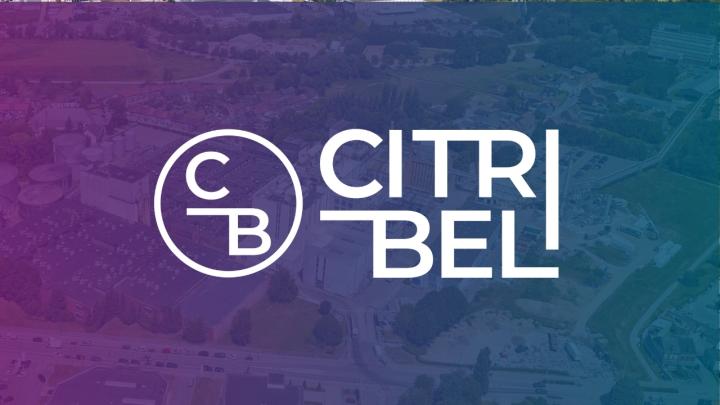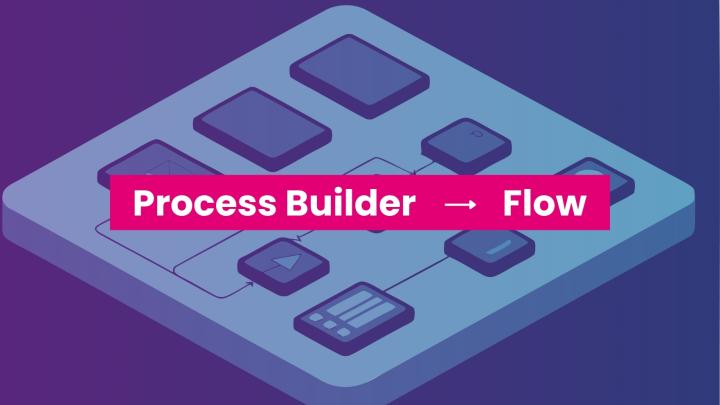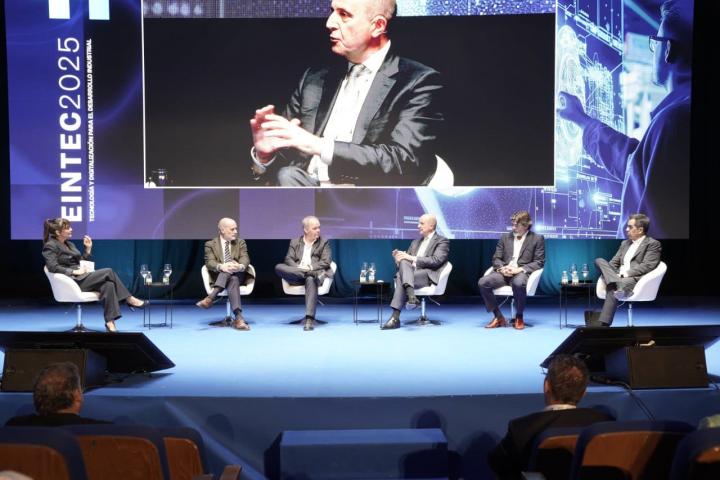FinOps: a clear view of the cost and value of your cloud usage
FinOps: a clear view of the cost and value of your cloud usage
When talking about the value of Public Cloud, the flexibility and speed with which services can be provisioned are some of the much-cited benefits. But there is also a downside.
Creation date :
By Filip Casteleyn, Enterprise Technology & FinOps Architect at Inetum
"Since invoices for cloud services are often delayed, costs can accumulate unnoticed, leading to unexpectedly high expenses. Not knowing exactly what one is paying for or how much, seems to be a common trend in the public cloud. Research shows that, on average, organizations go 13 percent over budget, regardless of the size of the organization. Thanks to FinOps, that is a thing of the past,” says Filip Casteleyn, Enterprise Technology & FinOps Architect at Inetum.
The rise and success of public clouds such as Microsoft Azure, AWS and Google Cloud have profoundly changed the way we use IT services. “Today, as an IT user, you have a choice of countless services that used to be, for financial or other reasons, outside the realm of possibility,” explains Filip Casteleyn. “These are services that are instantly available, ready to use and do not require any additional installation of hardware or software. Services that are always available, and virtually endlessly scalable. That results in speed gains, and thus a shorter time-to-market.”
Fixed versus flexible pricing model
The pricing model used by public cloud providers is at least as flexible as their delivery model. “That also makes it quite complex,” notes Filip Casteleyn. “Within Azure, for example, every service pretty much has its own pricing model.” This does not make it any easier for companies to correctly estimate the cost of their effective cloud usage, let alone predict their future usage.
Traditionally, companies used to purchase IT resources through a centralized process driven by the procurement department. That classic process was a lot slower, but it provided fixed pricing models and simpler, more predictable cost management. “The cloud has shifted responsibility for the procurement process to the cloud engineers who roll out the services,” Filip Casteleyn notes. “Only they rarely feel responsible for the costs incurred and often have little understanding of the complex pricing structures of each cloud service.”
"For many IT professionals, Azure, for example, is one big webshop - a candy store, so to speak - where they only have to click on what they need, after which they can get started right away. What everything costs is not always clear. For that, they have to wait for the invoice. But then the cost has already been incurred, of course, which makes it harder to react or intervene.”
Cloud cost management: new operational model
The solution lies in adopting a new operational model: FinOps, a combination of “Finance” and “DevOps,” brings together IT, operations, Finance and business. The FinOps Foundation, a nonprofit association made up of FinOps practitioners from around the world, defines the concept as an operational framework that maximizes the business value of the cloud, enables timely, data-driven decision making and creates financial accountability through collaboration between engineering, finance and business teams.
“What's important here is that the primary goal is not cost savings,” Filip Casteleyn emphasizes, ”but rather maximizing the business value of the cloud.” In the words of the FinOps Foundation, FinOps is about making the most of the cloud to drive efficient growth. Sometimes a company decides to tighten its belt as a response. Sometimes it decides to invest just a little more. But at least thanks to FinOps, the company knows why it's making that decision. It allows the organization to be proactive, rather than merely reactive.
“That does not alter the fact that thanks to FinOps, you get a better view of your cloud costs,” says Filip Casteleyn, ”which also increases the awareness around those costs within your organization. That, in turn, then gives rise to an empowerment of cloud users, which ultimately can still lead to cost savings.”
FinOps in practice
The guidelines for building your own FinOps practice are outlined in the FinOps Foundation's FinOps Framework. “We too use that framework to put our clients on the right track in building a FinOps practice. But because every organization is ultimately different and operates in its own unique way, we design a specific customized practice for each client." For example, depending on the complexity, size and maturity of the organization, Inetum will elaborate more or less on certain domains and capabilities within the FinOps Framework.
“The FinOps Framework can undoubtedly provide the necessary inspiration as a first step in the development of a FinOps practice,” Filip Casteleyn concludes. "For the rest of the process, companies can of course knock on our door. Which services we offer a company in concrete terms then depends on how far it has already progressed along that path. Usually we start with a FinOps Maturity Assessment, after which we customize a FinOps Adoption Track. Furthermore, our services range from a Dedicated FinOps Practitioner at the client's site to a Quarterly Cost Optimization Review.”


